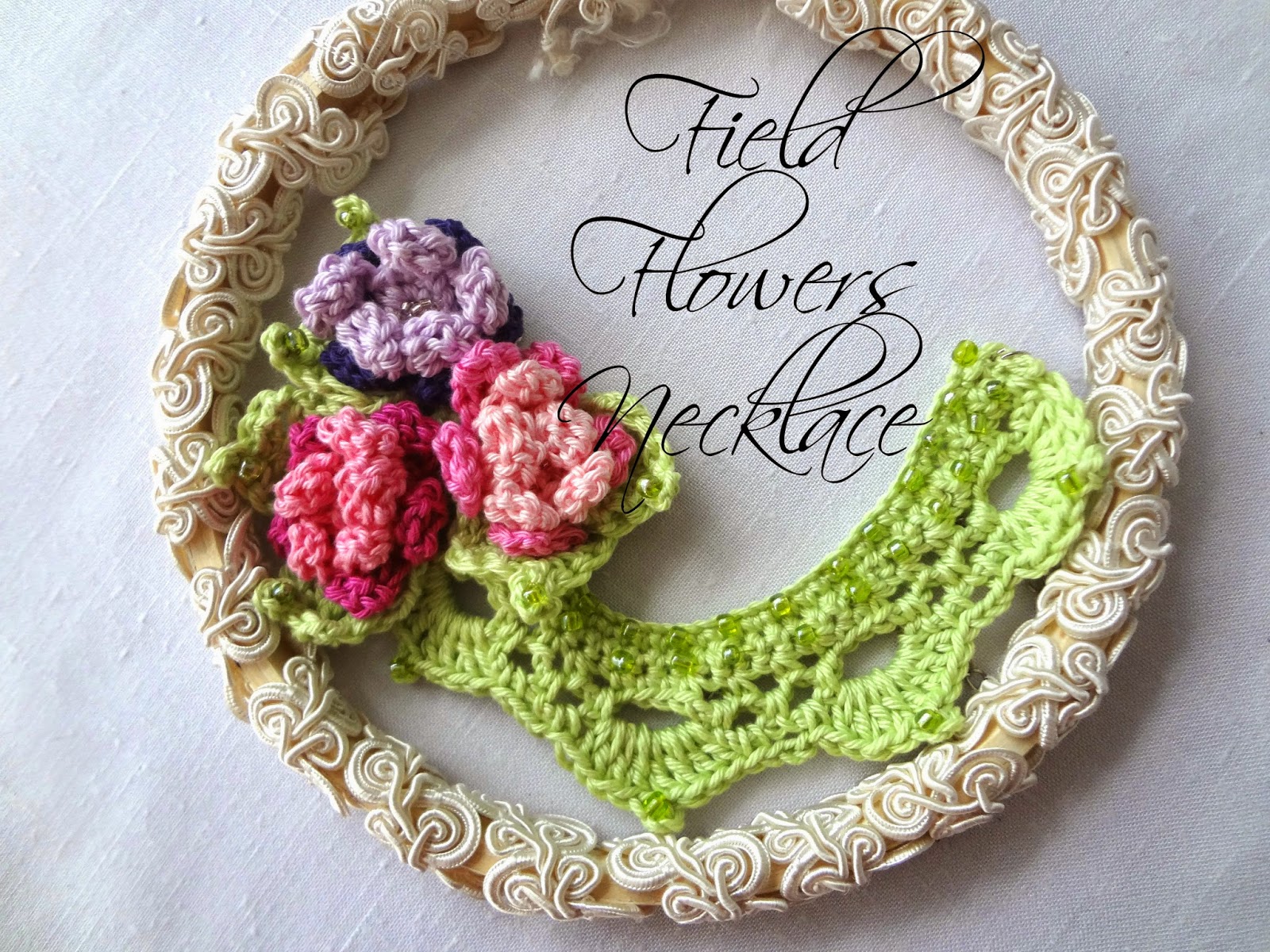


Lake Ohrid, one of the oldest and deepest lakes in Europe, hosts one unique lake dwelling museum. It is popularly known as the The Bay of Bones - Museum on Water. The main source for the museum is the underwater archaeological site Plocha Michov Grad, which is 8,500 square metres large and dates back to the Bronze and the Iron Age (1200 - 700 BC).

The site Plocha Michov Grad has been subject of underwater excavations since 1997. About 6,000 wooden piles were discovered so far at a depth of 3-5 m. It is speculated that it was probably a platform housing 20 houses on it. During the excavations, many artifacts were discovered, mainly pottery sherds and some complete vessels, as well as stone and flint objects, a few bronze artifacts, many fragments of animal bones some of which used as tools.




The platform on which the museum houses are built is about 15-20 m away from the shore at a level of about 1.5 m above water level. Two of the houses have circular form and a diameter between 3.5 – 4.5 m; three are square with base dimensions of 4, 0 - 5,0 m and three rectangular ones with dimensions 4.0 x 8.0 m. They are built on wooden supports with wattle and daub walls. The interconnection is made with ligatures, wooden forked objects and animal skin. The roof constructions made out of wooden beams and thinner branches are covered with straw or reed. The height of the houses is 3.0 to 4.5 m. The interior of the larger houses represent a prehistoric ambiance: beds of animal skin, tools and other objects similar to the original artifacts discovered in the course of the underwater archaeological investigations. The settlement is connected with the shore via a wooden bridge with a mechanism for partial lifting and lowering.





The specific data and information about this post are taken from the site: OpenArcheology


































.jpg)







